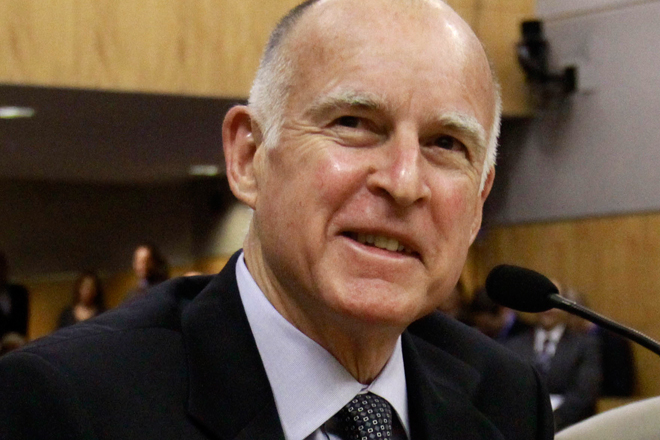The Affordable Care Act suffers from a condition that afflicts all controversial legislative achievements: its failures are closely scrutinized and widely covered, while its successes go largely unnoticed. This imbalance is understandable in some ways – “Law Functions As Planned” isn’t as exciting a story as “Law Flops In Embarrassing Faceplant Hah Hah Let’s All Point And Laugh.” And so for the Affordable Care Act, the media spotlight over the years has been aimed at its hiccups and snafus: the crashing website, the conservative legal challenges, the endless repeal votes in Congress, the dire (usually unsubstantiated) warnings of skyrocketing premiums, etc. But while the glitches get all the ink, the Affordable Care Act has been racking up some significant accomplishments.
For two years now, the Kaiser Family Foundation has been tracking the experiences of a large group of California residents who were uninsured prior to the ACA’s first open enrollment period in 2013. As Kaiser’s initial report on their long-running survey explains, they chose California because it offers ideal conditions for testing the law’s efficacy:
With its ‘largest in the nation’ status that includes having the largest number of uninsured, its racial and ethnic diversity, and the state government’s full and early commitment to a smooth rollout of the ACA, California stands out as a laboratory of how the three year old law – up until now a remote political football for many Americans – will translate into real world, person-to-person changes. In all, 15 percent of the nation’s uninsured reside there, and will see the ACA through the window of the Golden State.
Kasier just released their latest update on these Golden State guinea pigs, and the findings are pretty remarkable. Nearly seventy percent of the uninsured people they began tracking in 2013 now report having health insurance, either through expanded Medicaid, their employers, or the state health insurance exchange. A full 76 percent of the newly insured are happy with their current plans and close to 80 percent are satisfied with their choice of primary care physicians. Of the population that remains uninsured, 41 percent are undocumented immigrants and are ineligible for coverage through the ACA.
On top of that, California just released the average rate increases it expects to see for health plans in the coming year, and the numbers are far lower than the most recent round of sky-is-falling hysterics over “skyrocketing” premiums. On average, the state sees premiums going up by just four percent. And as Kevin Drum notes, if you’re in the market for the lowest-priced plans, it’s likely that your premium will go down in the coming year.
Practically speaking, this is great news given that California contains more than one-tenth of the country’s population. But it also matters when making a political argument in support of the ACA, which still faces determined opposition from Republicans at every level of government. What the California example shows is how well the ACA works when you have a state government and activist base that is committed to supporting the law and ensuring that it is properly implemented. When you embrace Obamacare, Obamacare works.
The obvious counterexample to California is Texas: a large and diverse state that has fought the Affordable Care Act at every step – the Republican-dominated state government refused to set up its own health exchange, rejected funds for expanded Medicaid, and cracked down on ACA “navigators” to make it harder for people to enroll. Prior to the ACA’s implementation, Texas had the highest uninsured rate in the nation, and while the ACA has helped to bring that number down, Texas is still at the top, and it has more people in the so-called Medicaid coverage gap (950,000) than any other state. The same thing is happening in Florida, which also has a large population and a high uninsurance rate, and which also embarked on a deliberate campaign of Obamacare sabotage.
Republicans from these states frequently muster the gall to complain that Obamacare isn’t working, that it’s a “disaster” and a “trainwreck.” The California example offers an easy counterargument: Obamacare works just fine, if you want it to.

